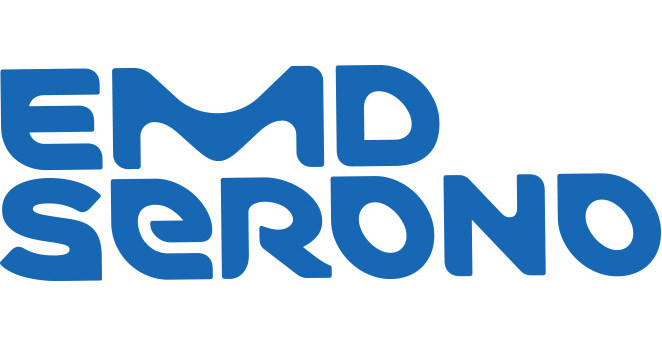BOSTON — EMD Serono has announced encouraging results from its Phase 2 WILLOW study, showing that the experimental drug enpatoran significantly reduced disease activity in patients suffering from cutaneous lupus erythematosus (CLE) and systemic lupus erythematosus (SLE) with active lupus rash. The investigational oral therapy, which targets Toll-like receptors 7 and 8 (TLR7/8), may represent a first-in-class treatment option for lupus patients with skin involvement.
The WILLOW study is a randomized, placebo-controlled trial evaluating three doses of enpatoran (25 mg, 50 mg, and 100 mg, taken twice daily) over a 24-week period. In Cohort A, which included patients with CLE or SLE presenting with active lupus rash, the drug demonstrated a clinically meaningful improvement in disease activity by Week 16, meeting its primary endpoint. Results showed a statistically significant dose-response relationship (p = 0.0002) using the CLASI-A score—a validated measure of cutaneous lupus severity.
By Week 24, up to 91.3% of enpatoran-treated patients achieved a CLASI-50 response, indicating at least 50% improvement from baseline, and up to 60.9% achieved a CLASI-70 response. These figures markedly exceeded those seen in the placebo group, where 38.5% and 11.5% of patients, respectively, reached the same benchmarks. Enpatoran was reported to be well-tolerated, with no new safety concerns identified.
The drug also showed a rapid reduction in interferon gene signature scores starting as early as Week 2, a change that was sustained through Week 24. This supports enpatoran’s proposed mechanism of selectively blocking TLR7/8, which are implicated in the overactive immune response seen in lupus.
“Lupus rash is more than skin-deep—it can cause severe discomfort and emotional strain,” said Jan Klatt, Head of Development Unit Neurology & Immunology at Merck KGaA, Darmstadt, Germany, which operates as EMD Serono in the U.S. and Canada. “The WILLOW results are encouraging, showing both efficacy and safety, and we are actively engaging with regulatory agencies to discuss a global Phase 3 program.”
Cohort B of the WILLOW study, which focused on systemic disease activity in SLE patients using the BICLA response as an endpoint, did not meet its primary endpoint of dose response. However, EMD Serono noted positive results in prespecified subgroups. Full data from this cohort will be presented at the European Alliance of Associations for Rheumatology Congress (EULAR) in 2025.
Principal investigator Professor Eric Morand of Monash University emphasized the significance of these findings. “The data provide promising evidence that targeting TLR7/8 could meaningfully advance treatment outcomes in CLE and SLE. This is a novel mechanism of action that may offer hope to patients whose needs are not met by current therapies.”
As a selective TLR7/8 inhibitor, enpatoran is designed to suppress harmful inflammation while preserving broader immune function—a balance that many current lupus treatments struggle to achieve. With Phase 2 data now in hand, EMD Serono is preparing for the next step in clinical development to bring enpatoran closer to patients in need.



